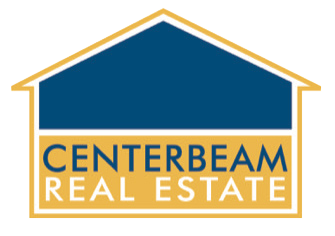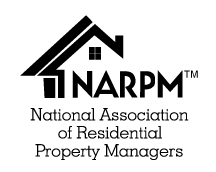Homeowners: What’s NOT In Your Lease May Be More Important Than What Is!
Leases, and what’s contained within them, can make or break the success of your rental property. With all of the nuisances, clauses, and other particulars, be sure you’re covering all of your bases and protecting yourself financially, mentally, and practically. Here are a few of those ‘particulars’ you’ll want to ensure you’ve addressed in your lease, in some way or another, so that there’s no confusion on your part of your tenant’s part.
1. Not Allowed:
It may seem outlandish, but it would be wise to put a few extra items under “what’s not allowed.” This includes (but is definitely not limited to) no interior furniture on the porch, no dogs tied up to trees, no clothes lines on an apartment balcony, and no fire grills under an awning.
2. Lawn Maintenance:
The simple words – “lawn maintenance is the responsibility of the tenant” are simply too vague. And if your house is in a subdivision with a homeowner’s association, you will need to be very specific. If the tenant is to mow the lawn, edge the lawn and blow the walkways, then when? Every two weeks? When needed? Also, will they be responsible for purchasing and using their personal equipment or will you be leaving your old lawn equipment at the house for their use? If you provide the equipment, who will pay the fee to repair the equipment if it breaks while in use? Will they be expected to de-weed the flower beds in the front and who will mulch or trim hedges and when?
3. Rent:
If rent is paid late, in what form is it due when the tenant eventually pays? Will you let them give you a check that could possibly bounce after they are already a week late paying you? Or would you feel more comfortable with a cashiers check, cash or money order once the rent is past due?
4. Sprinklers:
If your home has a sprinkler system and you have well-kept grass, a watering schedule may be needed for the tenant to initial or sign. Often, tenants will turn off the system to save money on their water/sewer portion of the utility bill. Running the sprinkler in the summer can easily add an extra $60 to the bill, and they will figure this out quickly.
5. Appliances:
When writing up the lease, be sure that you include a section about appliance repair and pay close attention to this one. If the refrigerator is not cooling, who is responsible? Usually, the landlord is, but normal wear and tear breakage needs to be explained by the tenant. What happens if the drum breaks in the washing machine because the tenant put in an oversized comforter? Who pays? Hopefully the tenant and hopefully this was in the lease. I’ve seen some homeowners place a $50 copay under each repair as a cost to the tenant. This helps, as it limits the nuisance calls for the minor repairs that a tenant can perform themselves (i.e., cleaning out the vent at the bottom of the refrigerator) but it may backfire by having the tenant let an item get worse before it is called in for a repair.
By: Christina Starmer, Instant Tenant-Instant Landlord





